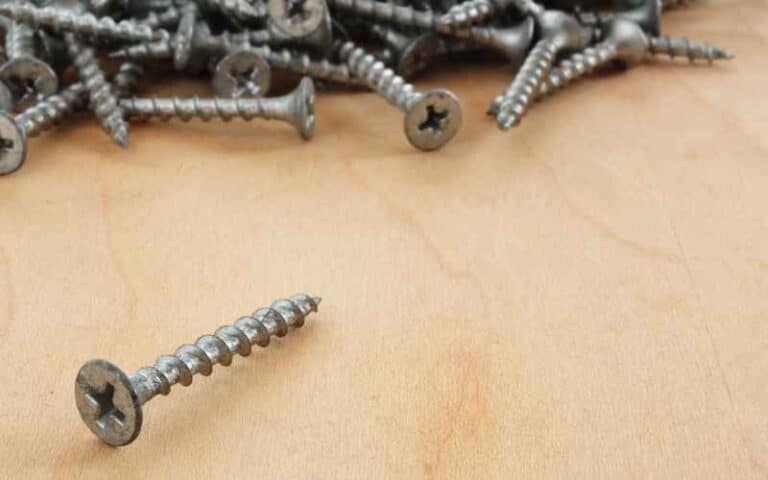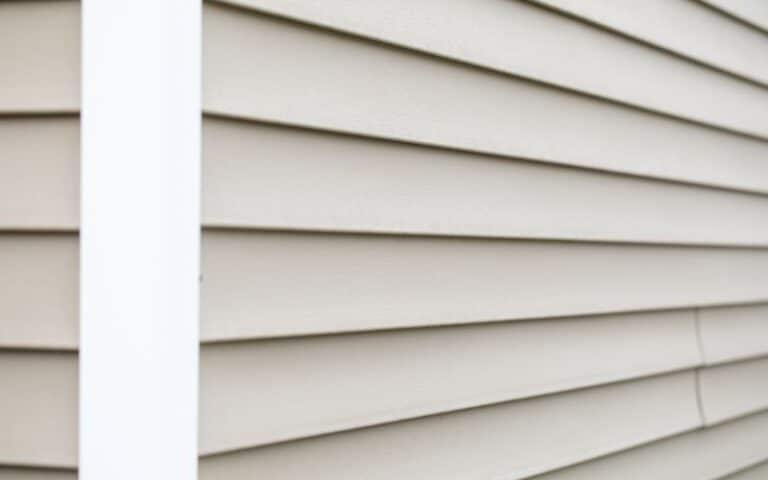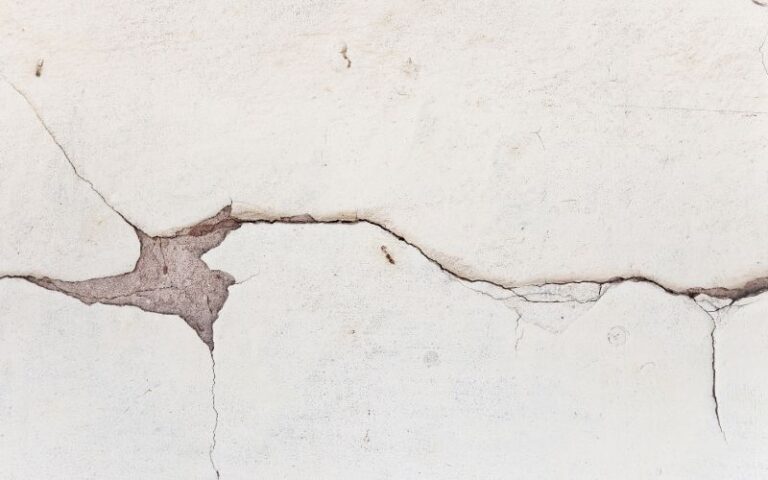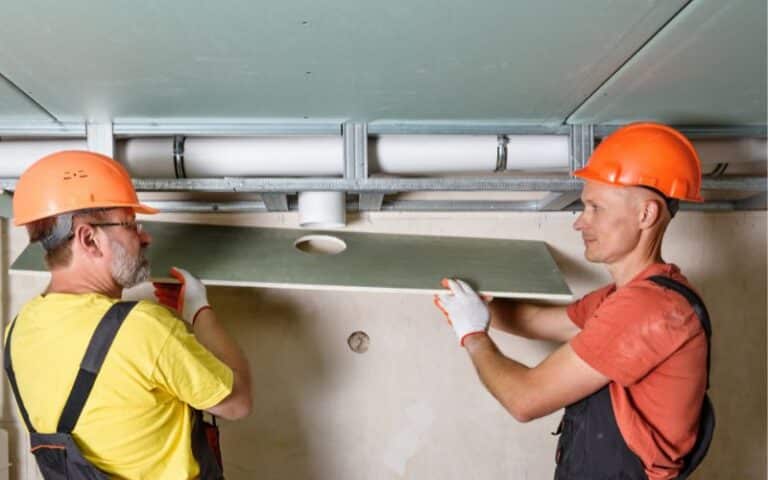The window jamb is a structural and important part of your window.
Although many people don’t see the reason for including a window jamb in a window, manufacturers have been using them for years, showing their importance.
The window jamb gives your window a strong structure when you install it properly. However, is it right for a window jamb to stick past drywall?
The window jamb should not stick out past the drywall. If it does, it can cause structural damage to your wall, such as scratching your drywall paints. And you might have to spend extra cash to fix the damage.
In this article, I will explain everything you need to know about a window jambs extension past drywall and what to do when this happens.
Ready for a Drywall Quiz?
Is It Normal for Window Jambs to Extend Past Drywall?
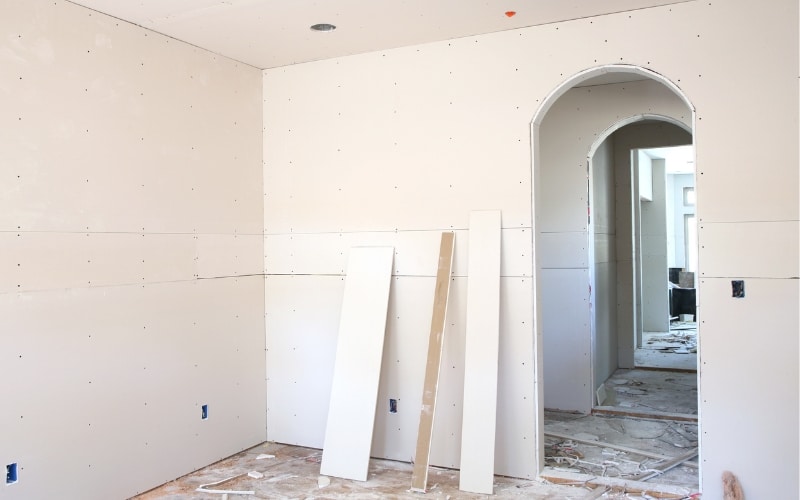
It’s very common for window jambs to extend past drywall. This phenomenon happens when you install a window bigger than the window frame or the former window.
For example, a window jamb can extend past the wall to an adjacent wall if you install the window in a room that has an adjourning room on the other side.
It can also happen when your house has an exterior wall on one side. A window jamb is a straight part of a window frame.
You can find a window jamb inside the frame, along the tops and sides. Window jamb can house tracks. Therefore you can use it to control window operations.
Jambs also support devices, e.g., latches and other hardware, that lock the window. They can either be a side or head jamb.
The side jamb is the major part that forms the window frame sides, and the head jamb is the smooth aspect of the window frame that runs at the window frame top.
Window jamb material varies from wood, plastic, vinyl, or metal. And depending on your preference, you can paint the jamb to match the structural form or leave it unfinished.
You can use a window jamb to cover up the holes between the window and the door. However, the jambs are neither insulated nor waterproof, so that they could be better for external cladding.
Also, the jamb can be the window’s weak point if you don’t install them properly.
Should Window Jamb Sit Flush With Drywall?
A window jamb should sit flush with your drywall. When talking about a flush fit window, it means a window that sits level with the frame.
And at the end, the finished surface of your window is flush with the surrounding wall’s finished surface.
So the window jamb sits flush with your wall instead of sticking out, creating a beautiful slimline look.
However, if your window does not sit flush with your drywall, you must fix it to fit well. If your window jamb does not sit flush with the drywall, it can cause the following;
#1. A Weakened Wall
The window jamb is very important. One of the main roles is to act as support and level. Since the casing and the window frame attach to the jamb, they must be strong to hold their weight.
So if your window jamb does not sit flush on the drywall, your window will not close well, and it might even fall off as time goes on.
#2. Loss of Insulation
When your jamb does not fit well on your wall, it will create a gap between the jamb and the drywall.
Then your house will begin to leak hot or cold air. Furthermore, this leakage will make your heater or air conditioner work harder than it should, increasing the energy bills.
#3. Mold or Pest Infestations
Nothing can damage the building materials in your house. The probability of damaging your drywall is small, even if you spill water or have a high vapor concentration in your house.
However, that is not the case with a window jamb extending past your drywall. The slightest hole in your wall can cause moisture and animals to come in and out of your wall.
Although trimming and caulking lessen the problem, they can only partially solve them.
#4. The Window Will Fail to Work Properly
If your jamb fails to sit flush with drywall, there is a high probability that the window will not function well.
This problem is because the window edge will reach the frame while you open and close the window, which can cause damage to the trim and molding.
Also, it can affect the window lock and stop it from falling into place.
What to Do When Window Jamb Sticks Out Past Drywall?
When your window jamb sticks past the drywall, don’t panic. It’s a common problem, and it’s fixable. You can trim the window jamb to sit evenly with the drywall.
You can also caulk your jamb to lessen the problem. However, you can either call a professional or fix the problem yourself. Whatever your conclusion, ensure you fix the problem right.
How to Trim Window Jamb to Flush With Drywall?
Trimming a window jamb to flush with drywall does not involve high knowledge of carpentry, and it’s an excellent DIY work you will enjoy.
Still, it would help if you exercise extra caution when doing the job, especially when preparing your drywall. Doing so will make sure the window jamb lies flush with the wall.
Before I take you through the trimming steps, here are the necessary tools.
- Measuring tape
- Pencil
- Chalk line
- Circular saw
- Hammer
After preparing your tools, follow the steps below to trim your window jamb.
Step 1: Once a window jamb sticks out more than ⅙ inches, you need correct it. So mark out all the areas that need correcting and measure the window jamb width.
Then add ¼ inch to the measurement.
Step 2: The second step is to cut a piece of wood and measure the width you got from the window jamb.
Then cut the wood into two equal pieces using a circular saw and ensure they are the same height as your window.
Step 3: Put these woods on each other and make sure they align evenly. Ensure the bottom of these woods stays within your drywall.
Also, the top of the wood must give room for an overhang and equal to half of your wall thickness.
Step 4: Nail this piece to your window frame using nail and glue, and ensure you fix it tightly against your drywall.
So the trim will never crack or separate. Then you can repaint your window frame.
However, you must be careful when trimming your window jamb on your drywall since your drywall gypsum is very abrasive. Any scratch on it will make it dull.
While trimming a window jamb looks good for your drywall, it has disadvantages.
The table below highlights the pros and cons.
| Pros | Cons |
|---|---|
| Trimming a window jamb is cost-effective. | Trimming a window jamb can sometimes be challenging to fix. |
| They cover the imperfections on your wall. | It does not always cover up all the gaps in the drywall. |
| It makes your house look more beautiful and professional. | It takes time to install. |
FAQs
Should the Window Trim Sit Flush With the Side?
A window trim should not sit flush with its sides but must remain flush with the wall. The window side should extend past the window for about ¼ to ⅜ inches to prevent dirt.
What Do You Do If the Door Jamb Is Wider Than the Wall?
When your home door jamb is wider than the wall, you must put an extra molding piece outside the casing to hide the opening.
What Is a Window Jamb Extension?
A jamb window extension is an internal part of a window that enables the window frame to fit the window space. It can be an attachment for window replacement or a retrofit for the frame.

